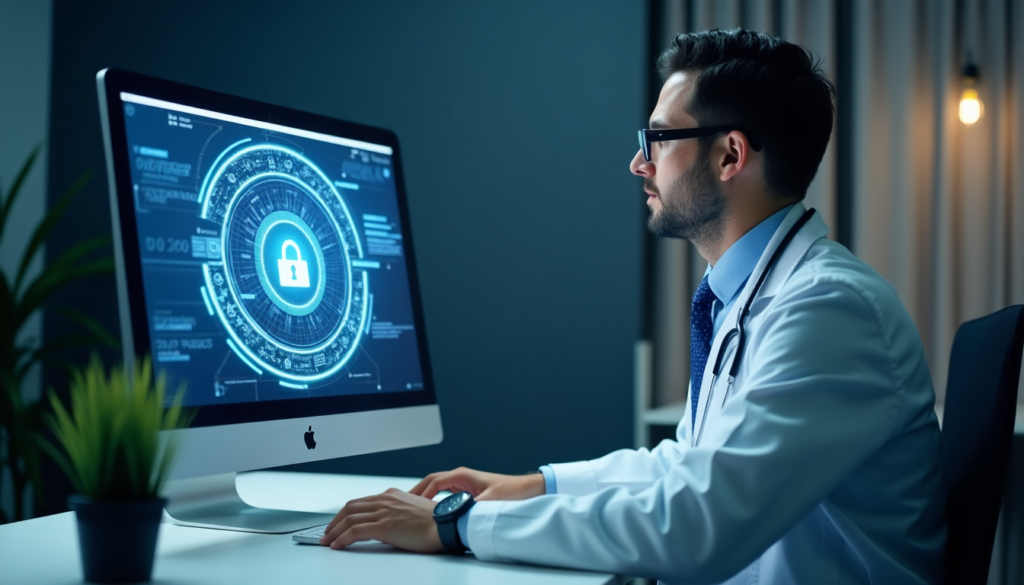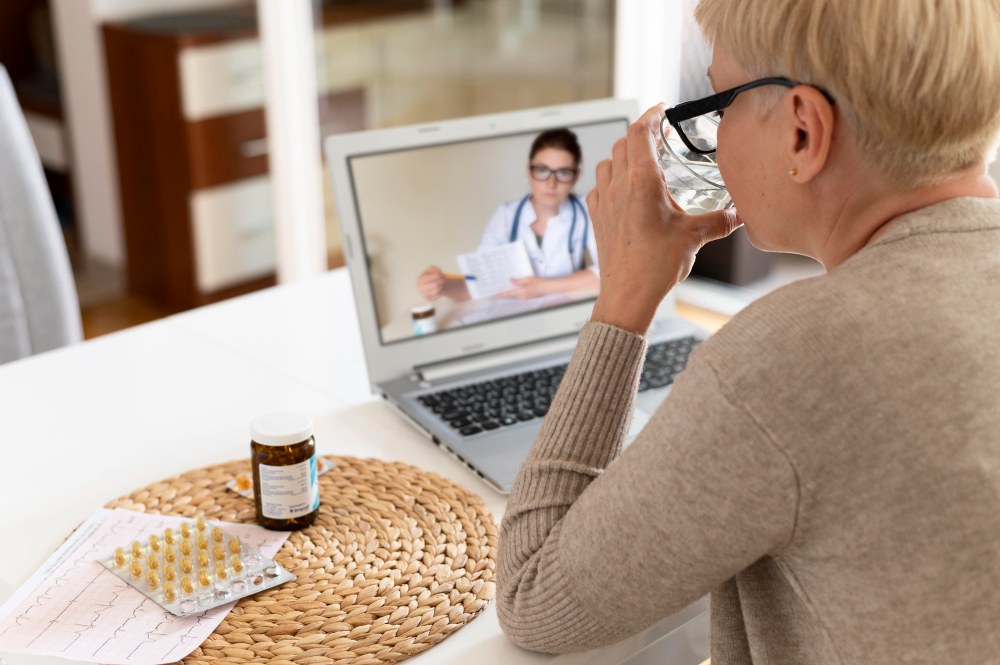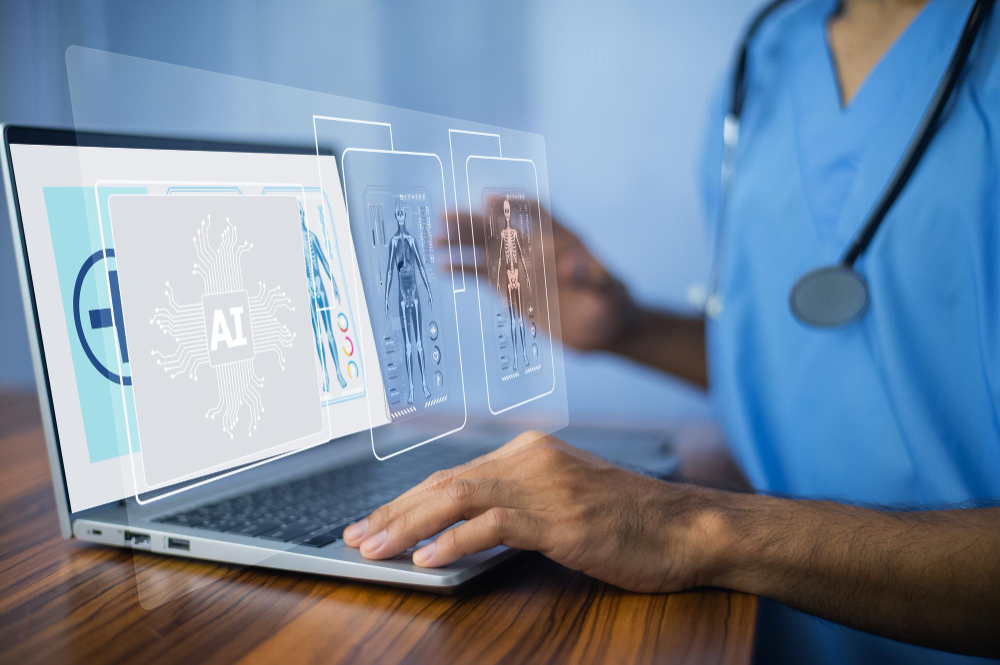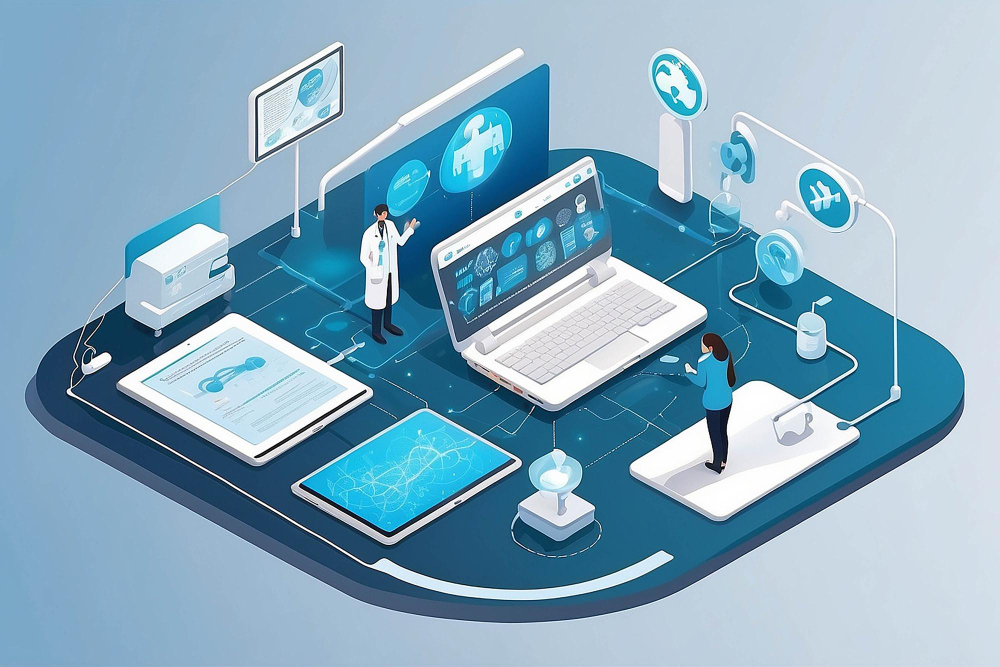healthcare IT
TagWhy Nurses Are Switching to Nursing Informatics in 2025 [Real Stories]
Nursing informatics continues to experience unprecedented growth, with 70,000 new positions expected to emerge soon. The healthcare industry depends more on data now, which creates opportunities across all nursing sectors. Today, 96 percent of U.S…
HIPAA Security Rule Changes 2025: What Your Healthcare Practice Must Know Now
Healthcare data breaches have exploded over the last five years. The number of affected people rose by a staggering 1002% between 2018 and 2023. More than 167 million people faced the consequences in 2023 alone. This crisis has pushed the HIPAA Se…
The Role of Telehealth in Chronic Disease Management
Chronic diseases, such as diabetes, heart disease, and COPD, affect millions of people worldwide and pose significant challenges to healthcare systems. As technology advances, telehealth has emerged as a powerful tool in managing these long-term c…
How Tech Careers are Revolutionizing Healthcare and Enhancing Patient Care
Healthcare is both built upon and resistant to change. On the one hand, doctors, nurses, and researchers lean on trusted solutions to old problems. On the other hand, technological innovations are rapidly improving the way that healthcare provider…
The Impact of COVID-19 on Healthcare Staffing and Employment
The COVID-19 pandemic has profoundly reshaped the healthcare staffing landscape, creating unprecedented challenges and opportunities for the industry. This seismic shift has affected everything from workforce demands to employment practices, leavi…
The Digital Revolution in Healthcare: Transforming the Industry
The healthcare industry is undergoing a profound transformation driven by digital innovations. Artificial intelligence (AI), telemedicine, big data analytics, and other cutting-edge technologies are revolutionizing how healthcare is delivered, man…
Why Digital Upskilling is Your Key to a Resilient Healthcare Career
Any healthcare profession requires a significant amount of in-depth knowledge. This is why continuous education (CE) is required to maintain licensing for many professionals. Nurses, physicians, and pharmacists are among those who must attend boar…
Medical Marketing and Digital Obstacles Faced By Physicians
The mission of medicine is, of course, to help and to heal. But the practice of medicine is also an entrepreneurial endeavor. Clinics are also businesses, and to continue fulfilling the medical mission of caring for patients and families, they mus…
Five Technological Skills for Accelerating Your Healthcare Career
During the height of the pandemic hospitals were faced with an unprecedented demand for their services. At the same time, they were also forced to make do with fewer personnel than they were accustomed to as nurses and doctors resigned from their …
Tech Investments That Are Worth It for Medical Practices
There are tech solutions out there for all kinds of business needs these days, from social media management to payroll. As a small business owner keeping an eye on expenses, knowing which tools are worth investing in isn’t always easy. The questio…

![Why Nurses Are Switching to Nursing Informatics in 2025 [Real Stories]](https://blog.healthjobsnationwide.com/wp-content/uploads/2025/02/5f9eb8d4-edfb-4608-85a7-bce597fbf3ee-1024x585.png)








